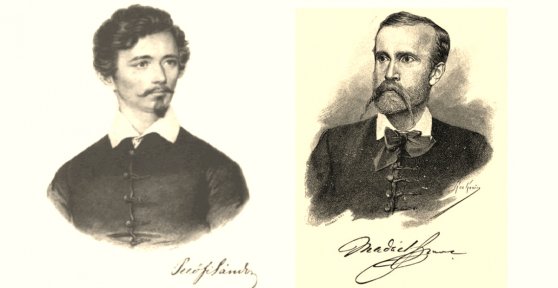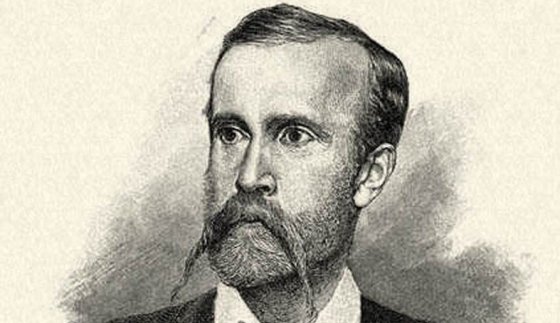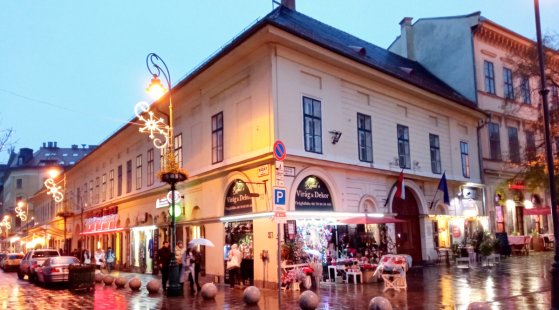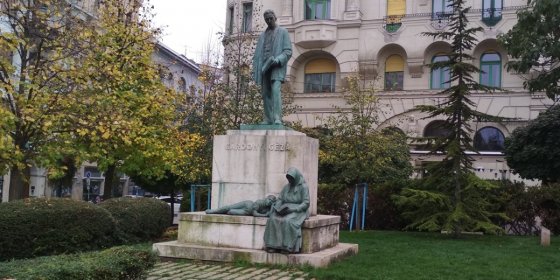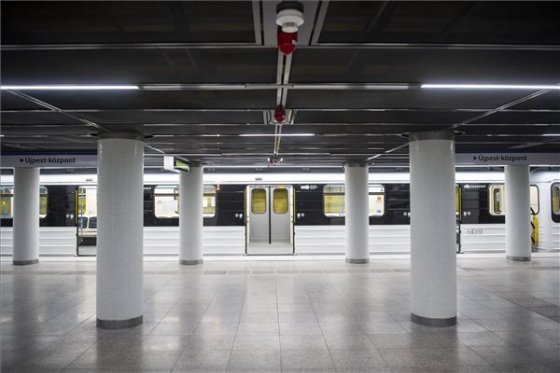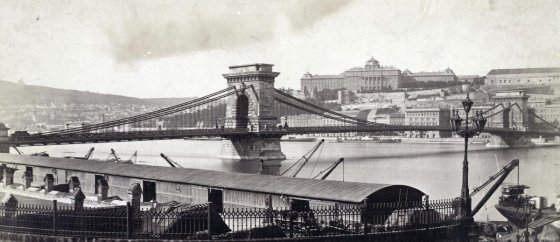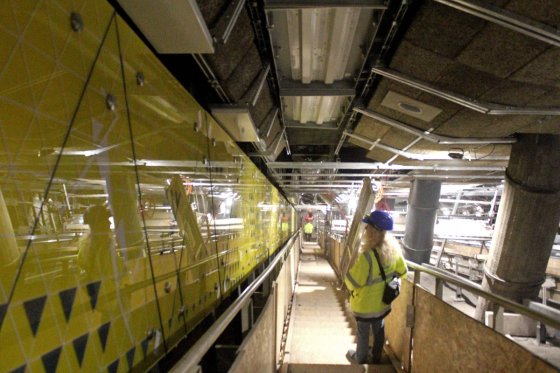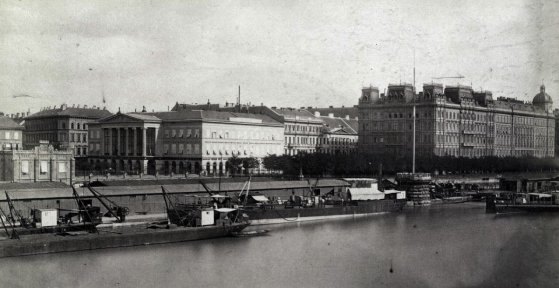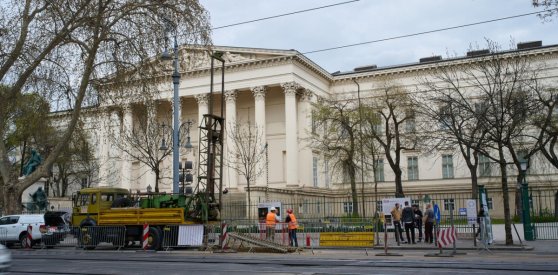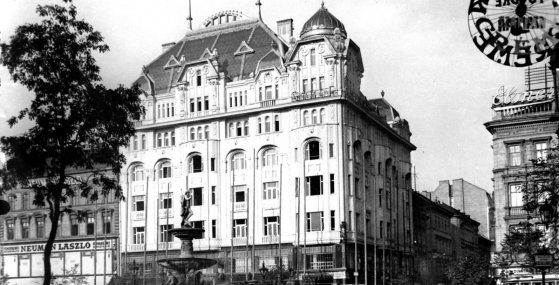 The „intertwined history” of the bridges and the city of Budapest
Which ideas and events have shaped the fate of bridges of Budapest and the cityscape? Alongside many other interesting facts, this question is also answered this newly published book by the Budapest City Archives, which introduces the history of bridges in Budapest.
The „intertwined history” of the bridges and the city of Budapest
Which ideas and events have shaped the fate of bridges of Budapest and the cityscape? Alongside many other interesting facts, this question is also answered this newly published book by the Budapest City Archives, which introduces the history of bridges in Budapest.
Kálvin Square
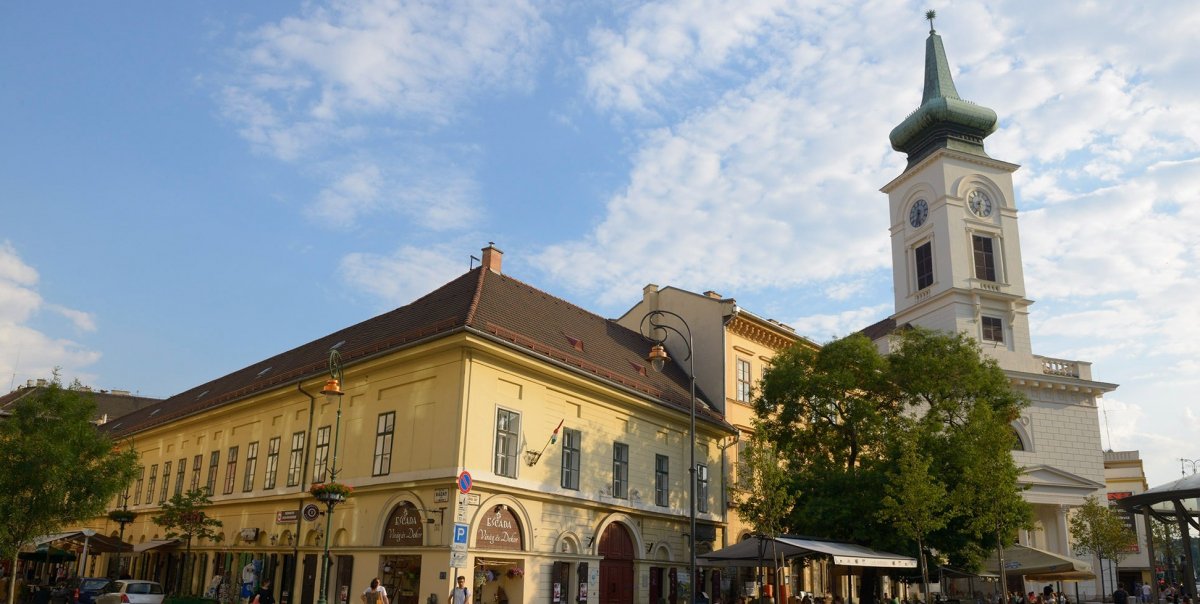 Károli Gáspár University of the Reformed Church turns 30 years old
Károli Gáspár University of the Reformed Church turns 30 years old
February 27, 2023 at 3:00 PM
Thirty years ago, the Synod of the Reformed Church, at its meeting on 24 February 1993, decided to found the Károli Gáspár University of the Reformed Church on the foundations of the Pest Reformed Theological Academy. The choice of name caused some controversy, but his work, the first complete Hungarian Bible translation, was in favour of Gáspár Károli, as it serves as the basis of universal Hungarian culture. University education started at 28 Ráday Street, the former seat of the theological academy, but due to the growing number of students, new locations had to be found. Nowadays, the students of the reformed university can study in such patinated buildings as the Károlyi-Csekonics Palace on Reviczky Street or the former Municipal School for Girls on Aréna Street.
The young loves of Madách and Petőfi
February 19, 2023 at 11:00 AM
In a voice of unclouded happiness, Imre Madách told his brother about the ball at which he danced with the love of his youth, Menyhért Lónyay's sister, Etelka Lónyay, but the unrequited love did not turn into a proposal. Petőfi had the courage to ask the daughter of a rich banker for her hand in marriage, but she offered it to Menyhért Lónyay. In connection with this year's Madách and Petőfi anniversaries, Pestbuda recalls the loves of youth, offering a glimpse into the world of reform-era balls.
Imre Madách, born 200 years ago, became a writer in Pest
January 28, 2023 at 9:00 AM
The young Imre Madách lived in Pest for three years. While completing his law studies at the University of Pest, he also got involved in social and cultural life. He regularly visited the performances of the Hungarian Theatre of Pest, attended concerts at the National Casino, but the highly educated young man also learned to paint, fence, and play the piano in the capital. His first volume was published here. Pestbuda remembers Imre Madách, who was born 200 years ago.
The oldest building in Ferencváros stands on Kálvin Square - The story of the former Két Oroszlán Inn
December 13, 2022 at 11:00 AM
The house at 9 Kálvin Square is the oldest building not only on the square but also in the capital's 9th District that is still standing today. In the past two centuries, it has been through many things, it has been used for many things, but the most important thing is that it was used and this not very large, but cultural-historically significant building of Pest classicist architecture has survived.
The hermit of Eger was a regular guest of Pest's coffee houses - Géza Gárdonyi died a hundred years ago
October 30, 2022 at 10:00 AM
Although his name lives on in the public consciousness as a hermit of Eger, Géza Gárdonyi was a regular figure in the cultural and literary life of Budapest at the turn of the 19th century. He was an eyewitness to the development of the city, as a journalist he reported for years from the Old House of Representatives, he visited the famous artist's salon of the Fesztys, but he was also considered a regular guest at the Centrál, the Valéria or the New York Café. Pestbuda now remembers Géza Gárdonyi, who died 100 years ago today.
Three renovated stations on the M3 metro line were handed over
May 16, 2022 at 6:00 AM
The renewed Kálvin Square, Corvin Quarter and Semmelweis Klinikák stations have been handed over in the middle section of the M3 metro. Due to this, the trains run from Kőbánya-Kispest to Kálvin square from Saturday. Renovation of six more stations will continue, which are scheduled to be handed over on 15 March, 2023.
Before the big changes - Budapest at the time of the compromise
May 2, 2022 at 11:00 AM
The Austro-Hungarian Compromise, established in 1867, ushered in one of Hungary's heyday. Under the Compromise of 155 years ago, a dual system was created - hence our common word dualism, which is used to characterise the period up to 1918. This upswing has brought about great changes: as a result of industrialisation, more and more people have moved to the cities, and the population of Budapest has grown exponentially. But what was the capital like in the second half of the 1860s?
The three stations of the renovated M3 metro will soon be handed over
March 21, 2022 at 7:00 PM
Reconstruction of the M3 metro is approaching another stage. The renovated Calvin Square, Corvin Quarter and Semmelweis Clinic stations are scheduled to be handed over to the traveling public in May.
Rising houses - How did Budapest's development into a world city begin?
March 1, 2022 at 9:00 AM
As a result of the Compromise of 1867, dizzying economic development began in Hungary. This was particularly striking in the capital, which in a few decades has evolved from a medium-sized settlement to one of the largest cities in Europe. People flocked to Budapest from the countryside, and more and more houses were built to give the new townspeople a place to live.
Construction of metro line 5 begins – First boreholes drilled
April 14, 2021 at 6:00 PM
To prepare the plans for the planned tunnel between Közvágóhíd and Kálvin tér, the Budapest Development Center will start drilling boreholes for soil tests at 93 locations. Work started first on Kálvin Square. The extension of the suburban railway lines to Csepel and Ráckeve to Kálvin tér and the construction of metro line 5 will connect the southern parts of Budapest to the city centre more efficiently.
A forgotten side of Kálvin Square – Lost buildings: The Geist and Pintér Buildings
March 2, 2021 at 9:00 AM
Kálvin Square is a transport hub, one of the busiest and most popular squares in Budapest. Museums, restaurants and hotels fill the nearby streets, but the square itself is also of interest. At the junction of Kecskeméti Street and Kálvin tér, where the huge blocks of the Korona Hotel now stand connected by a bridge, there were once two beautiful residential buildings houses. A look at their history is worthwhile.
Joyous I do's – 125 years of civil marriage in Budapest
October 16, 2020 at 1:00 PM
Laws on state registries and civil marriage were passed in 1894 but only entered into force a year later on 1 October 1895. The novelty of the now everyday ceremony caused such a rush that the three registrars in Budapest at the turn of the century could barely cope with the number of marriage requests. Where and how did the first civil marriage in Hungary unfold?
More articles
 The „intertwined history” of the bridges and the city of Budapest
Which ideas and events have shaped the fate of bridges of Budapest and the cityscape? Alongside many other interesting facts, this question is also answered this newly published book by the Budapest City Archives, which introduces the history of bridges in Budapest.
The „intertwined history” of the bridges and the city of Budapest
Which ideas and events have shaped the fate of bridges of Budapest and the cityscape? Alongside many other interesting facts, this question is also answered this newly published book by the Budapest City Archives, which introduces the history of bridges in Budapest.
 The Bridge Report, which brought a turning point in the history of Budapest
A travel report that changed the history of Pest and Buda, as well as Hungary. The little book contributed to the change of half a thousand years of legal customs and the implementation of an investment of unprecedented size and technical quality. This book was The Bridge Report [Hídjelentés in Hungarian].
The Bridge Report, which brought a turning point in the history of Budapest
A travel report that changed the history of Pest and Buda, as well as Hungary. The little book contributed to the change of half a thousand years of legal customs and the implementation of an investment of unprecedented size and technical quality. This book was The Bridge Report [Hídjelentés in Hungarian].
 Drama on the university wall - The heroic monument was planned 95 years ago
In the constant hustle and bustle of the Egyetem Square in Pest, the students may not even notice the monument that decorates the short section of wall between the church and the central building of ELTE. However, it commemorates their predecessors, the heroes who fought for their country in World War I, and those who heroically helped them. The first design of the dramatically collapsing soldier was born in 1928, ninety-five years ago.
Drama on the university wall - The heroic monument was planned 95 years ago
In the constant hustle and bustle of the Egyetem Square in Pest, the students may not even notice the monument that decorates the short section of wall between the church and the central building of ELTE. However, it commemorates their predecessors, the heroes who fought for their country in World War I, and those who heroically helped them. The first design of the dramatically collapsing soldier was born in 1928, ninety-five years ago.

